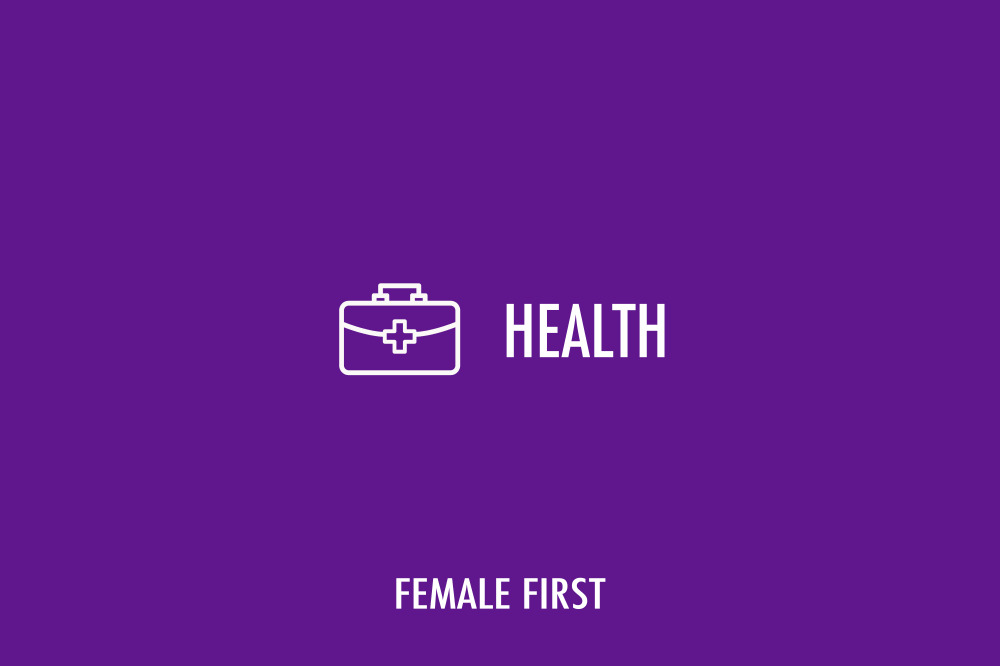Leonardo de Vinci’s ‘Vitruvian Man’ defined the geometric proportions of the human body through art more than 500 years ago, and they are still used today as a guide for cosmetic surgeons.

Health on Female First
As breast augmentation becomes more popular, (approximately 10,000 women undergo the procedure in the UK alone each year), women have become more discerning about achieving the ultimate shape and proportions of their new assets.
When it comes to patient consultations for breast surgery, Mr. Paul Banwell, Consultant Plastic & Cosmetic Surgeon, considers the statistical proportions combined with artistic skill of the surgeon to be far more important than the actual cup size.
Mr Banwell says: “As a surgeon, it is not only about being technically correct, but having artistic skill and appreciation. I sometimes think being a surgeon is a little bit being a sculptor, where detailed understanding of composition and proportion, combined with a very fine hand, dictate the final result.”
Patient Education
Mr Banwell comments: “Educating patients in the concept of breast aesthetics and having detailed consultations can only help in maximising patient satisfaction rates following breast augmentation surgery. I always highlight to patients that most breasts will look good in a bra but it’s the shape of the breast out of underwear which is the most important.”
As more breast augmentations are performed around the world, having an objective guideline for surgeons to work towards that is a recognised desired aesthetic proportion, regardless of the size of the breast, is only a positive move in Mr Banwell’s opinion.
Mr Banwell says: “The perfect breast shape will be a well-proportioned breast following the newly recognised rule: 45% above the nipple; 55% below the nipple; with the nipple at an upward 20-degree angle. Of course, the outcome is down to the patient’s ideal, but I do believe that the best results are when the breasts look natural and are in proportion with the rest of the body. The positioning of the implant can highlight a patient’s figure and even make a waist look smaller, so geometric considerations need to be made too.”
When Size Matters
Breast augmentations can get a bad name because of its ‘glamour’ image. But Mr Banwell says that this isn’t representative of his patients: “Normal people with normal jobs are far by the biggest group. I would say that over half of my patients are mums who want to regain a fuller bust they may have had pre-children, followed by women who have simply never had the breasts they wanted. In fact, the average implant used in the UK is a B-C cup. It is really gratifying to see the massive positive psychological impact this operation can have.”
Mr Banwell also highlights the move in preference from round breast implants to tear-dropped or, anatomical breast implants, which better mimic the shape of natural breasts: “In the 90s and Noughties, the rounded obvious breast-look was more popular, but now the majority of women just want to have lovely breasts that look natural and real.”
Interestingly, despite the French PIP implant concerns, the number of patients requesting the breast enhancement procedure is continuing to rise. However, the surgeon selection process has seen a change since the PIP issues.
Mr Banwell comments: “What has changed is that patients are becoming more discerning and are doing even more homework on the procedure and the surgeon’s credentials and quality of work. After all, surgery should not be taken lightly.”
Tagged in Breast Cancer Health Cosmetic Surgery

